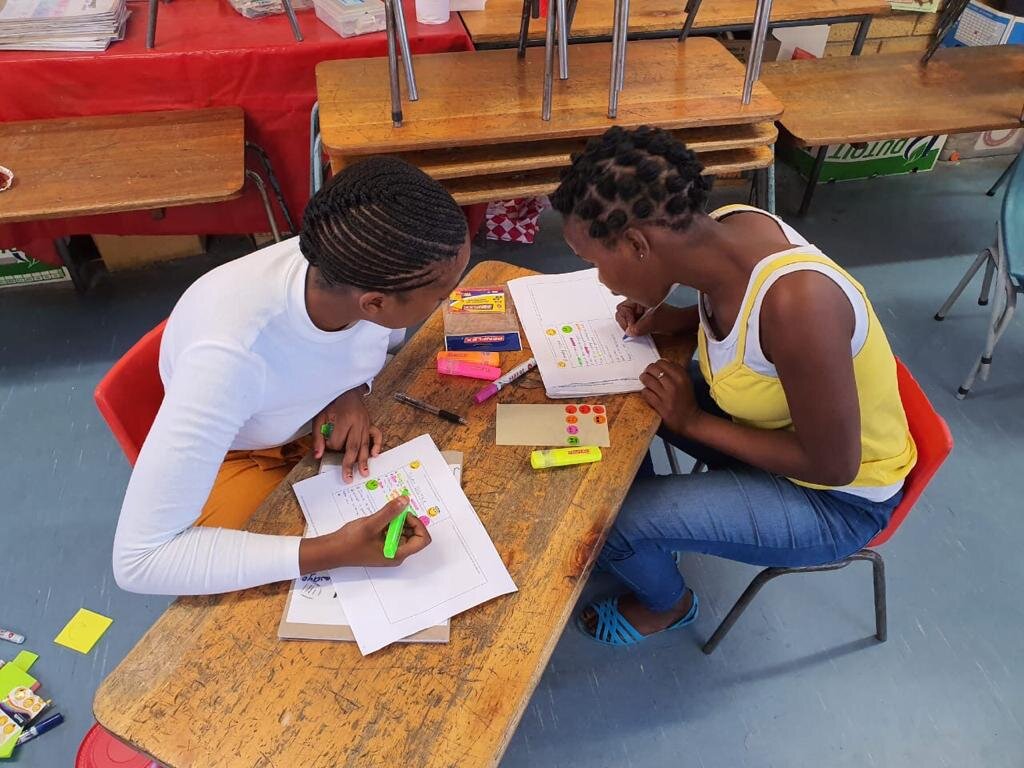
Designing with Empathy: A Human-Centered Approach

Human Centered Design
At the heart of my work is a deep focus on the people I’m designing for. I find it incredibly rewarding to blend empathy for their needs with practical, feasible solutions that also create meaningful impact for the business. Striking this balance challenges me creatively and fuels my passion for crafting experiences that truly make a difference.

Empathy
My education in design has come through proximity—immersing myself in the lives of those I’m designing for, actively listening, empathizing, and learning through hands-on trial and error rather than formal instruction.

Trust
I honed essential skills in building trust and creating meaningful connections with individuals whose voices are often unheard, ensuring their perspectives and experiences are valued and reflected in the solutions we design.

Authentic Insights
I embraced qualitative research methodologies to capture authentic, nuanced insights into the lives of the people I was designing for. This approach allowed me to deeply understand their experiences, perspectives, and needs, ensuring the solutions I developed were truly grounded in their realities.

Rwanda
In Rwanda, I applied my human-centered design expertise to research and create solutions that meaningfully connected with girls, delivering engaging content designed to inspire and empower them as they navigated the challenges of adolescence.

India
I collaborated with the local charity Jhoole to enhance the skills and opportunities of young women weavers and their families in Mehashwar’s informal craft sector, fostering both economic empowerment and creative growth.

South Africa
I applied qualitative research methods and facilitated focus group co-design sessions to gather rich, context-driven insights for formative research. This approach enabled a deep understanding of girls’ needs, behaviors, and preferences, ensuring that our digital health solutions were both relevant and user-centered.

Nigeria
In Nigeria, I worked closely with a call center staffed by young women handling calls from girls in Northern Nigeria. Over the course of a week, we co-designed a customer relationship platform, using qualitative insights and collaborative design methods to enhance the operators’ ability to deliver vital health and wellbeing information effectively and empathetically.